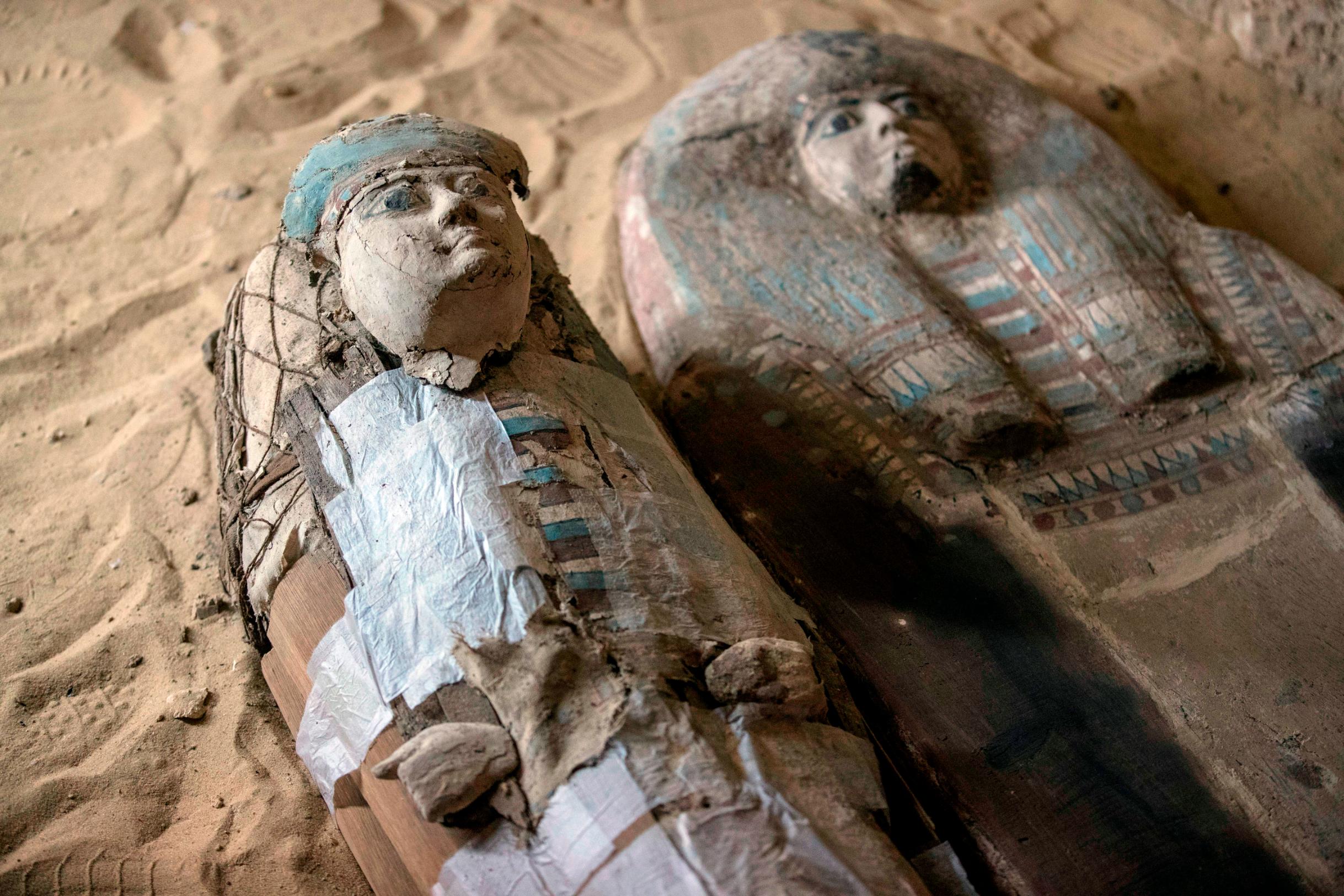CAIRO: Egypt’s most renowned archaeologist has announced the discovery of dozens of new finds, including two ancient tombs, at a Pharaonic necropolis just outside Cairo.

Zahi Hawass, a former government minister and director of the excavation, said the finds in Saqqara, close to the pyramids of Giza, dated back to the Fifth and Sixth Dynasties of the Old Kingdom, which ran from about 2500-2100 B.C.

“The excavation work of the joint mission with the Egyptian Supreme Council of Antiquities discovered tombs dating back to the era of the Old Kingdom, which indicates the presence of a huge cemetery with many important tombs,” he said.

“The first of these is the tomb of Khnumdjedef, a supervisor of the nobles and priest in the pyramid complex of Unas, the last king of the Fifth Dynasty. The tomb is colorful and contains scenes of daily life.
“The second is for Messi, known as the Keeper of Secrets and assistant commander of the great palace,” Hawass said.

The team also discovered a number of colored limestone statues representing servants believed to have been owned by Messi.
They also found a limestone coffin belonging to a man called Haka Shabis in a hidden room at the bottom of a 15-meter well, he added.
“It became clear that this coffin had not been touched for about 4,300 years. When we opened the lid we found a mummy of a man covered in gold foil. This is considered the most complete and oldest non-royal mummy found so far.”

There were also several statues representing the judge and writer Fatak, located next to an offering table and a coffin containing his mummified remains.
Dr. Mostafa Waziri, secretary-general of the Egyptian Supreme Council of Antiquities, said that while many statues had been unearthed in the Saqqara region over the past century, very few were of the size of the latest finds.

“The current discovery also includes many amulets, cosmetic tools, statues of the idol Ptah Soker, statues in the form of deities, as well as pottery and votive vessels.”